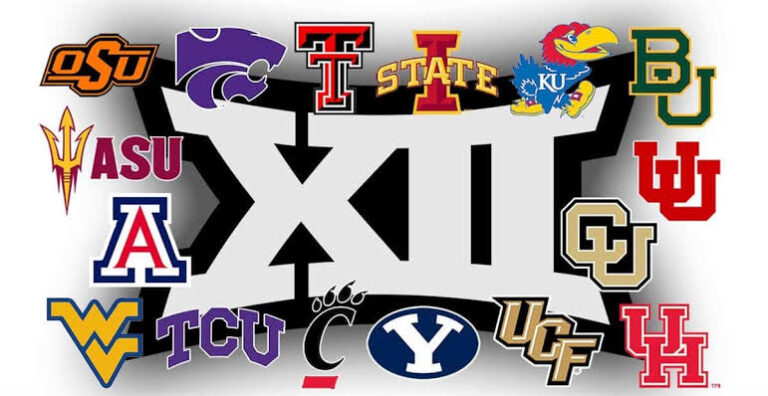The Big 12 Conference’s revenue distribution has recently become a topic of controversy, particularly concerning the disparities among its member institutions. In the 2023–24 fiscal year, the conference announced a record \$470 million in revenue distribution. However, this sum was not equally shared. The ten full-share members received approximately \$39.8 million each, while the four newer members—BYU, Cincinnati, Houston, and UCF—received about \$18 million each .
This unequal distribution has sparked debates about fairness and the criteria used to determine revenue shares. Historically, the Big 12’s revenue-sharing model has evolved. From 1996 to 2011, 57% of revenue was distributed equally, with the remaining 43% based on factors like television appearances. In 2011, the model shifted to a 76% equal distribution, aiming for greater equity among member schools .
The recent disparities have raised concerns, especially as the conference prepares to integrate four additional schools from the Pac-12. The newer members are set to receive full revenue shares starting in 2025, but until then, the financial gap remains a contentious issue .
Compounding these concerns is the broader shift in college athletics toward direct athlete compensation. A landmark \$2.8 billion settlement in the House v. NCAA case mandates that Power Five schools, including those in the Big 12, allocate approximately \$20.5 million annually to athletes. This development adds financial pressure on institutions, particularly those with smaller athletic budgets .
In summary, the Big 12 faces challenges in balancing equitable revenue distribution among its members while adapting to the evolving landscape of college athletics. The disparities in revenue sharing, coupled with new financial obligations to athletes, underscore the need for the conference to reevaluate its financial strategies to ensure sustainability and fairness for all member institutions.
